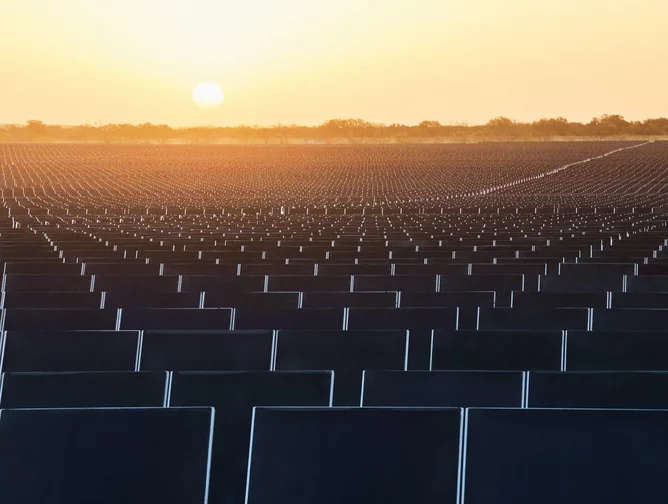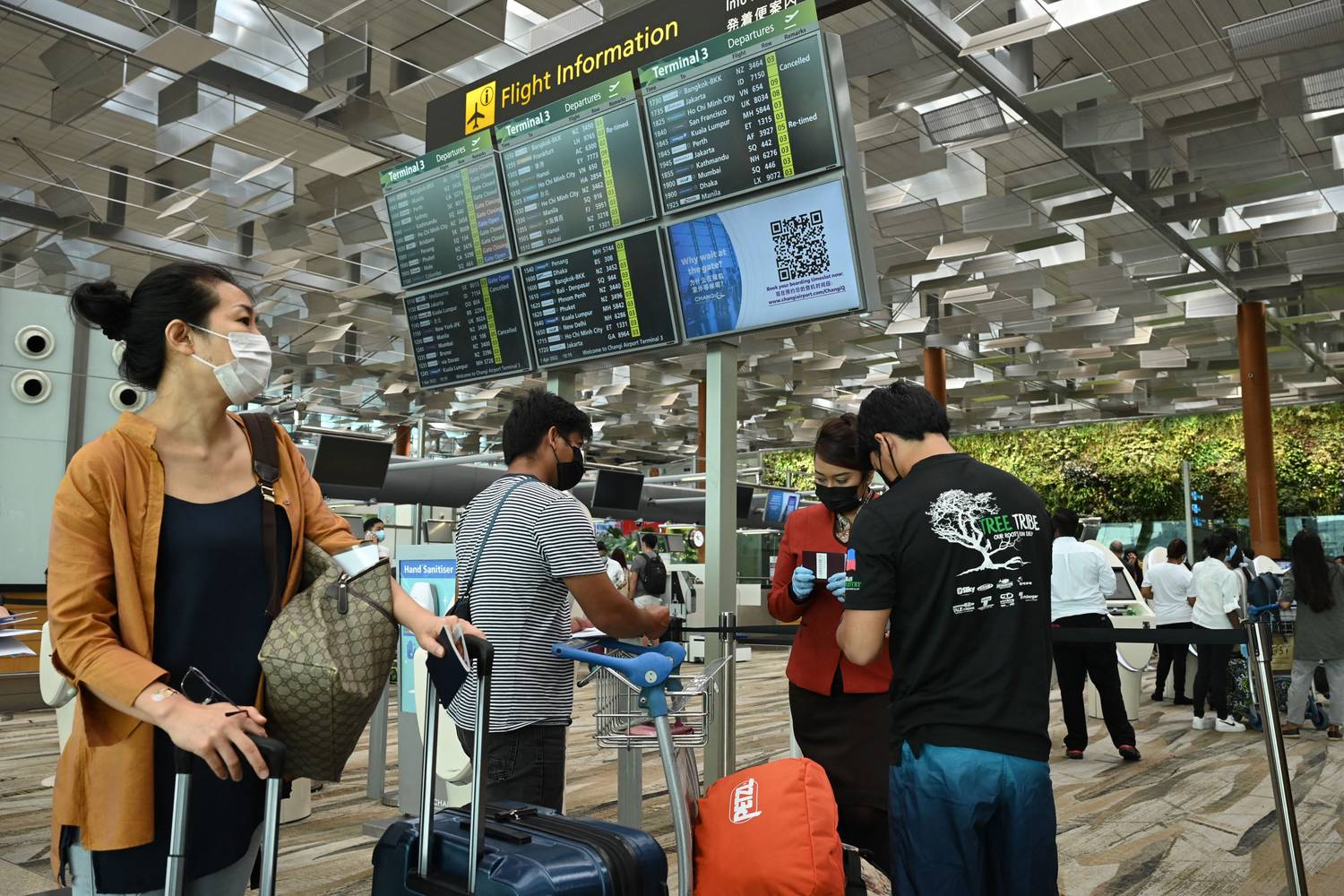
In August, a team of researchers climbed up to Sichuan’s Dagu glacier and carried out an experiment. By covering 500 square metres with a geotextile cloth 5-8mm thick, they hoped to lessen the glacier’s summer melt.
The experiment, a joint undertaking between the State Key Laboratory of Cryospheric Science (SKLCS) and the Dagu Glacier Scenic Area Bureau, drew media attention. The local Chengdu Commercial Daily described it as China’s first attempt to use “geoengineering” to reduce glacier melting, saying that if the results were good the approach would be optimised and applied elsewhere.
But despite the enthusiasm in the media, geoengineering is controversial.
In its 5th Assessment Report, the UN’s Intergovernmental Panel on Climate Change defined geoengineering as “a broad set of methods and technologies operating on a large scale that aim to deliberately alter the climate system in order to alleviate the impacts of climate change.”
These techniques are often divided into two broad categories: solar radiation management (SRM), which aims to temporarily cool the Earth by reflecting sunlight back into space; and carbon dioxide removal (CDR), the physical removal and permanent sequestration of carbon dioxide from the atmosphere, creating “negative emissions”. One example of CDR is bioenergy with carbon capture and storage, or BECCS.
Commercial CDR trials are underway, but controversy over governance and unknown climate risks have prevented deployment of SRM approaches.
Does the Chinese media’s warm reception for the Dagu glacier experiment mean the “geoengineering” concept has arrived in China, and may even be rolled out at scale?
Defining geoengineering
Wang Feiteng, deputy director of the SKLCS, told China Dialogue that the experiment was based on his work on retaining snow for the Beijing Winter Olympics Organising Committee, and that this research developed out of his own interest.
With global warming worsening, China’s glaciers have been shrinking more rapidly since the 1990s. A 2014 survey found that 82 per cent of them had shrunk since the 1950s, losing 18 per cent of their total surface area.
Some want to use radical interventions to control and combat the impacts of climate change. But the climate is complex, and some approaches may have cross-border consequences for agriculture, society and economies. As yet there are no international mechanisms for governing these risks.
There are precedents for glacier-wrapping. Swiss people living near the Rhône glacier have been doing it for more than a decade. Geotextiles are laid over the Presena glacier in northern Italy after every skiing season – with coverage now reaching 100,000 square metres. These efforts are made by businesses or local communities in an attempt to protect skiing and tourism.
John Moore, chief scientist at Beijing Normal University’s College of Global Change and Earth System and Professor at Lapland University, Finland, thinks experiments on the scale of Dagu glacier shouldn’t be classed as geoengineering:
“Small glacier projects are not geoengineering because they don’t have global impacts,” he says. Moore led a five-year Chinese research project, up until December 2019, looking into the potential impacts of geoengineering, with a budget of 14 million yuan (US$2 million).
He cited a recent experiment at the Great Barrier Reef as an example. In March, an Australian team used a modified turbine to spray salt water into the air over Broadhurst Reef, off Townsville, Queensland. The salt mixes with low-altitude cloud, which then becomes more reflective, sending more sunlight back into space and cooling the ocean below. This “marine cloud brightening” SRM technique is relatively cost-effective. If applied at a large enough scale, it could generate meaningful impacts.
In theory, changing the microclimate of the Great Barrier Reef could have a knock-on effect elsewhere. But Moore says that depends on whether these changes can be measurable and significant. He called the Australian experiment “more like an attempt at trying to preserve the status quo of a particular ecosystem”.
Moore used the idea of “leverage” to describe the relationship between climate interventions and global impacts: “You’re going to go to some sensitive part of the whole climate system and play with that in some way that it has a huge leverage.” He mentioned Pine Island and Thwaites Glacier in the Antarctic as examples, saying these glaciers are the biggest potential sources of sea-level rise over the coming two centuries, because ocean warming has destabilised them, so buttressing them could have huge benefits.
Janos Pasztor, executive director of the Carnegie Climate Governance Initiative (C2G), agrees that glacier-wrapping experiments like that at Dagu could have a beneficial effect – but that the broader impacts should also be studied. As glacier-wrapping probably would not affect the climate globally, it would likely not be regarded as geoengineering under most definitions.
C2G works to catalyse the creation of governance frameworks for emerging approaches to alter the climate, while taking an impartial stance on their potential deployment.
Pasztor pointed out that there are differing definitions of geoengineering, and that different actors can use the term in quite different ways, for different effects. This can create misunderstanding, which is not helpful for governance, so he prefers to use the umbrella terms carbon dioxide removal (CDR) and solar radiation modification (SRM), rather than a single all-encompassing term.
He also suggests that the definition is not as important as the ultimate impact. And he notes that several small but simultaneous interventions could have a far-reaching cumulative effect.
“Even in the case of covering the glaciers, the point is not whether or not you define it as geoengineering. The point is what impact it could have, and whether it needs to be done. Glacier-wrapping may have the positive impact of ‘saving’ the glacier. But it may have some other negative impacts as well, that people haven’t discovered.”
Global governance challenges
Globally, some other cryosphere research is getting more attention than the Dagu experiment. For example, the Arctic Ice Project, initiated by Stanford University lecturer Leslie Field, aims to spread tiny silicon beads onto young, thin ice to increase reflectivity. This is one of only a few attempts to move SRM techniques from computer models to the real world.
Another project in the works is the Stratospheric Controlled Perturbation Experiment (SCoPEx), proposed by Harvard scientists. This would see the release of small quantities of different materials (eg calcium carbonate) at an altitude of 20km, and then measuring the effects on the atmosphere and light scattering.
Models suggest that it would be quick-acting and its direct costs relatively cheap. Consequently, “stratospheric aerosol injection” is one of the most-discussed SRM technologies – but questions about who would control such technologies, and about potential adverse and unequal impacts create significant governance challenges, and have prompted some strong opposition.
Although these experiments are quite different, and are relatively small-scale, Pasztor says both require “some kind of guardrails that don’t exist, as research also needs to be regulated to follow the precautionary principle, and make sure that things happen the right way.”
Climate interventions could have unpredictable outcomes. Uneven changes in temperature or precipitation, for example, could widen regional climate differences, exacerbating food insecurity, flooding or environmental degradation. The lack of international governance means it is not possible for international society to exercise oversight of any state, company or individual that decides to apply a particular intervention.
In 2009, several scientists signed up to the Oxford Principles to try and provide guidance for geoengineering research and governance. The principles state geoengineering should be regulated as a public good, with public participation and transparency, and that governance should precede deployment.
Chen Ying, a member of the Chinese geoengineering research team led by John Moore, and a researcher with the Chinese Academy of Social Sciences’ Ecological Civilisation Institute, said that the governance-first approach should be followed, but effective implementation is difficult, as modelling, field trials and deployment all have different impacts, and experiments are carried out at a range of scales.
Moore said: “If you’re going to have any actual kind of international agreements, which really are needed, I think that you probably need to get very specific, rather than trying to have some overall kind of frame.”
Given the lack of international mechanisms, the SCoPEx project has set up an independent advisory committee to produce a governance framework and ensure research is transparent and responsible. But some have questioned if the committee is independent enough, and worry that carrying out field trials before adequate consensus has formed may lead to a relaxed attitude to risks.
Pasztor said it was not C2G’s place to comment on the governance efforts of specific projects, but said researchers have a duty to evaluate the physical and social impacts of their work, ensure transparency of plans and funding, and encourage stakeholder participation. Moore stressed that taking a diverse range of views on board is crucial, whatever governance framework is used.
The existing UN Framework Convention on Climate Change has a clear mandate for carbon removal as part of mitigation, but there is no equivalent international treaties or processes on SRM. A number of international rules on SRM are specific to certain technologies or issues, leaving an insufficient basis for global governance.
For example, the UN Convention on the Law of the Sea has articles applicable only to marine cloud brightening, while the Vienna Convention for the Protection of the Ozone Layer and the associated Montreal Protocol only focuses on potential damage to the ozone layer from aerosols.
On the form of future governance of SRM, Pasztor said: “There are many national, regional and international institutions that could have a role or would have a role to play, as well as civil society and the private sector. It’s a question of how one brings those together, and how additional institutional needs are then considered and decided.”
For example, he said, deployment of SRM would need a global atmospheric monitoring system – which the World Meteorological Organisation already has, although it would need adjustments and improvements to be suitable.
“The problem we are facing now is that most actors simply don’t know enough about these technologies, these approaches. They don’t know what is the latest science. They don’t know what are the risks and the benefits. They don’t realise what their governance challenges are. And that is so important because without that, it’s very difficult to even decide whether or not to make use of these approaches, or to make some international laws about this.” he said.
China’s role
The 2015-19 Chinese geoengineering research project led by John Moore was a joint undertaking by Beijing Normal University, Zhejiang University and the Chinese Academy of Sciences. It modelled and analysed the mechanisms and climate impacts of geoengineering, and evaluated its integrated social impacts and possible governance frameworks.
“What China has done in terms of geoengineering is very significant globally,” Moore said, describing it as a “larger and more sustained effort than people have been able to do so far internationally.” To increase the applicability of its findings, the research team tried to link its models with agricultural, economic and health outcomes. For example, what economic impact will differing levels of carbon release from Arctic permafrost have in various geoengineering or emissions scenarios?
China is vulnerable to climate disasters, and the project sparked speculation that it plans to roll out geoengineering in response. Moore said that so far, the project’s experiments are limited to computer models and the laboratory. He says China will not take action before an international consensus has formed, and covering one glacier or cloud-seeding do not count as geoengineering.
Chen Ying has noted that very few people in China are discussing such interventions, and academics and policymakers are not up to speed on the topic – and so it is too soon to talk of deployment. “If academics and the government don’t take the field seriously, it’s even harder for the public to understand it,” she said.
In China, prospects are brighter for deployment of carbon dioxide removal than solar-radiation management. In September, Xi Jinping announced at the UN General Assembly that China will achieve carbon neutrality by 2060. Chen Ying thinks this will first require decarbonisation of industry and technological innovation, along with more sustainable consumption. But the huge emissions cuts needed to achieve the 1.5C warming target makes international large-scale deployment of CDR likely.
But, she warns, it takes time to develop and deploy technology. For example, more mature and economic technologies are required for the carbon capture and storage part of BECCS, as well as assurances that the carbon will not leak back into the atmosphere. Application of BECCS should also minimise the impact on the environment and properly handle its relationship with food security, water and soil conservation. “There are a lot of issues and blanks, and early research and preparation are essential.”
The last chance
Regardless of the impact of the Dagu glacier experiment, it reflects a determination from the scientific community to identify ways to responds to climate change. Wang Feiteng said that another glacier-covering experiment will be carried out next May to test different materials and arrangements.
Moore thinks there is also an emotional element at play in these experiments, which mean people are keen to see them go ahead. “You have to provide some kind of light or some path at the end of the tunnel,” he said. “Maybe geoengineering is something that might provide a role to provide a better future. And governments really are keen to look at that.”
Chen Ying would like to see academics and the public more open to the idea of geoengineering. “Some people think it’s all pie in the sky and not worth researching, but that’s not the case. Others think it’s too radical, but that’s not right either. And researching it doesn’t mean you support deployment. Those are different things.”
Pasztor worries that in spite of recently announced commitments of many countries to reach carbon neutrality by 2050, and more recently by China by 2060, governments on the whole still aren’t taking emission reductions or removals seriously enough, despite the world still being far off achieving the 1.5-2C goal of the Paris Agreement. He warns that it could take 10 to 15 years of international research to decide if even “quick” methods like SRM are feasible, or how they might be governed.
“And if we’re not careful, we could end up in a few years, maybe a decade or so from now, where some country or countries unilaterally decide that there is no other option left than solar radiation modification, because it seems to them a fairly cheap and fairly quick way of reducing temperatures,” he said.
“That could lead to significant problems, including with other countries that did not agree. And unfortunately, it would be terrible for the world to end up in a situation where that was the only choice left.”
This article was originally published on China Dialogue under a Creative Commons licence.
Source: Eco Business







